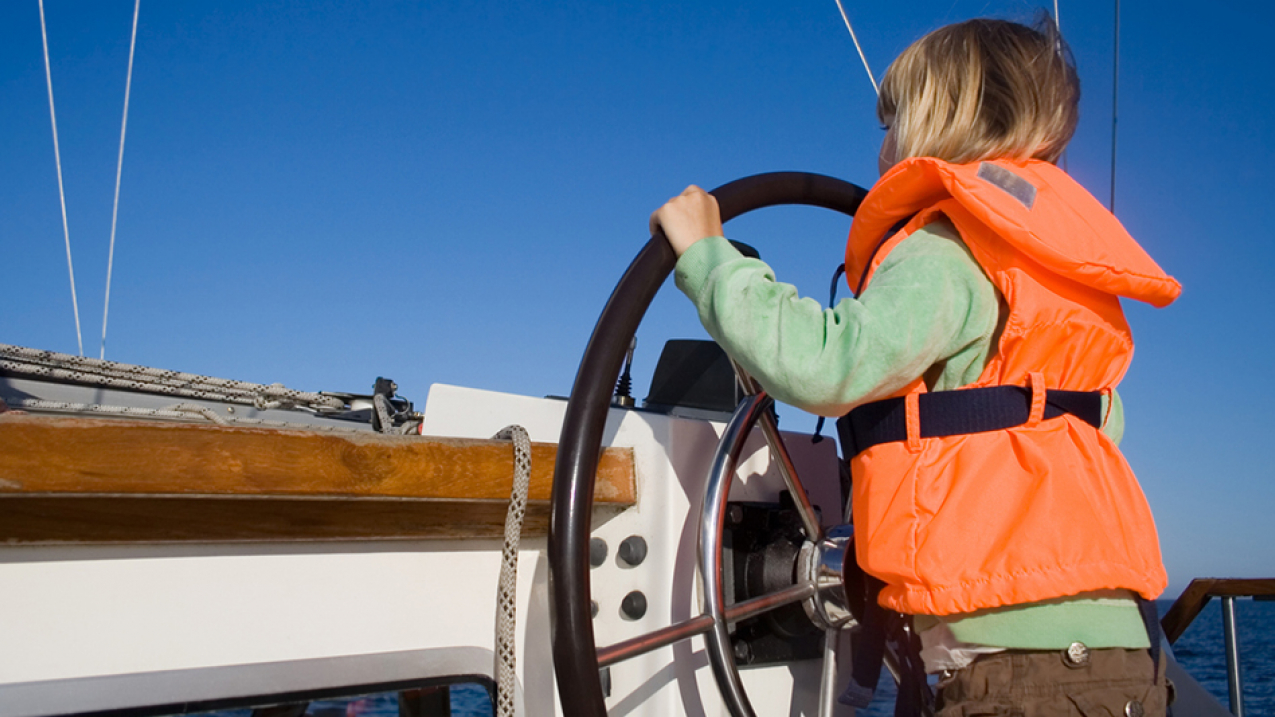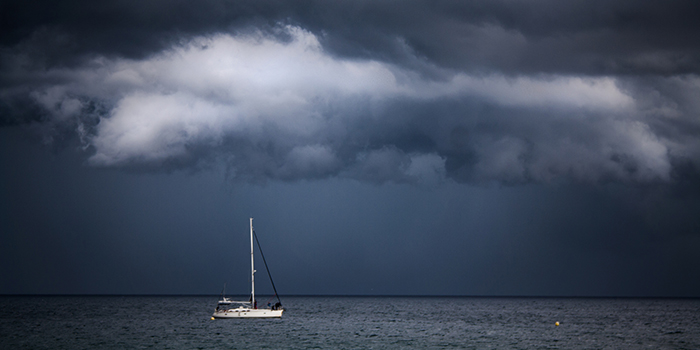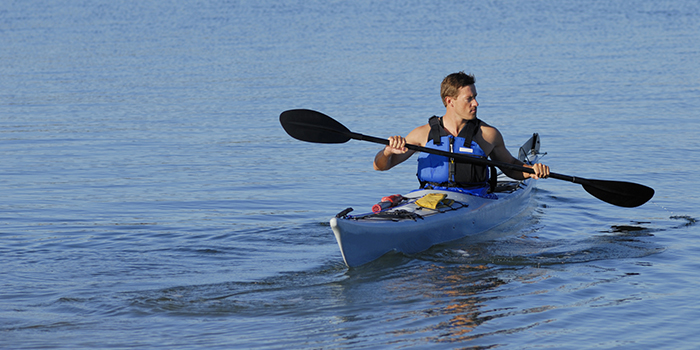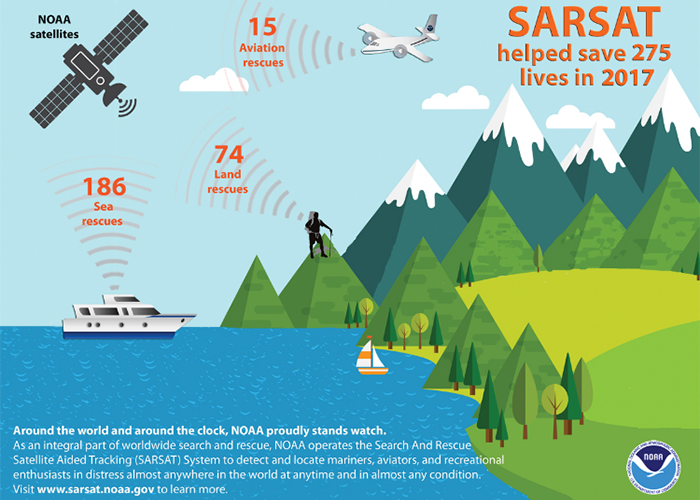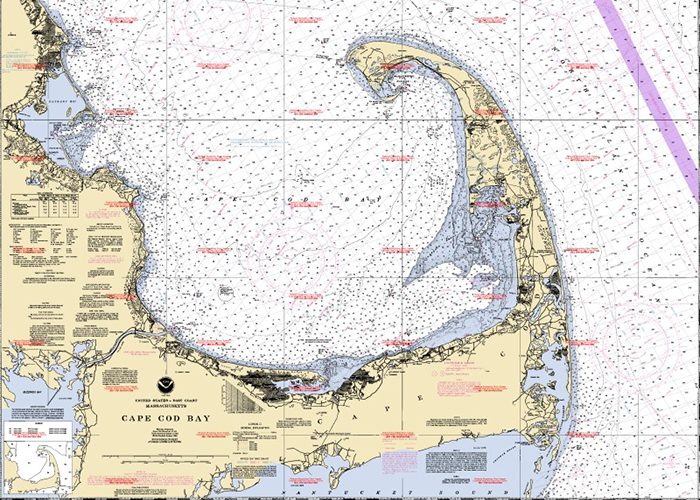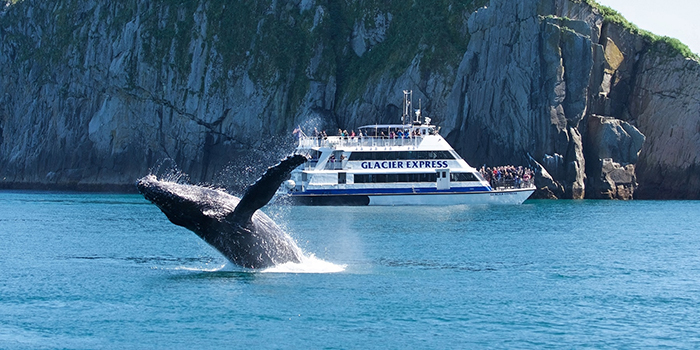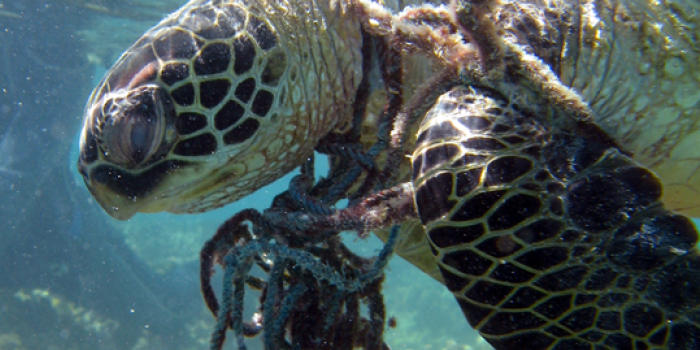

BACKCOUNTRY
USFS - San Bernardino National Forest
The backcountry is beautiful, but remember that it is also primitive and you will be on your own! We want you to enjoy your backcountry visit, and we want you to stay healthy. So here are some tips for you and remember, always tell someone you trust of your plans before you go into the backcountry!
WHAT TO PACK: Sudden shifts in weather are one of the backcountry’s greatest dangers. We recommend that you bring a warm fleece or wool pullover, a waterproof jacket, a hat, sunglasses, sunscreen, lip balm, insect repellant, first-aid kit, pocket knife, flashlight or headlamp, waterproof matches, map, compass, a mirror and whistle for signaling if you are lost, plenty of water, and extra food with you.
HYDRATE: It’s very important to drink water! Common signs of dehydration are dry mouth, chapped lips, dark urine, irritability, fatigue, disorientation, and impaired judgment. Try drinking 8-16 ounces of water before you leave for your hike to hydrate ahead of time. While hiking, drink every 15-30 minutes, for a total of a liter (quart) of water every 2 hours. Stay away from caffeinated beverages, as they will dehydrate you.
WATER QUALITY: Lakes and streams can be contaminated even if they look and taste pure. An intestinal disorder called GIARDIASIS (gee-ar-dye-a-sis) is a disease that may be contracted from drinking untreated natural water. The disease is caused by a microscopic organism, Giardia lamblia. Although giardiasis can be incapacitating, it is not usually life-threatening. Symptoms usually include diarrhea, gas, and abdominal cramps. Most people are unaware that they have been infected and have often returned home before the onset of symptoms. Other diseases can have similar symptoms, but if you have taken a drink of untreated water, you should suspect giardiasis and inform your doctor.
TREATING THE WATER: The most effective treatment to make water safe to drink is to boil it. A good filter can also remove most harmful organisms present in mountain water. Choose a filter with a pore size less than 0.5 microns. This will effectively remove most harmful bacteria and protozoa (including Giardia). For short trips, take a supply of water from home or other domestic source.
SANITATION: The potential health hazards from human waste are becoming greater as more and more people visit the backcountry. To prevent the spread of disease, it is essential that backcountry visitors dispose of their body waste properly. Whenever possible, feces should be completely buried below the surface 6 to 8 inches deep in soil, at least 100 feet from lakes and streams. Studies have shown that intestinal pathogens can live for years even when feces are buried. Complete burial, however, reduces the chance that wildlife or insects will come in contact with the waste and transmit disease. Always wash your hands whenever possible.
HYPOTHERMIA: Caused by rapid loss of body heat, hypothermia is the most dangerous illness of backcountry travel. Hypothermia can occur even in the warm summer months. Symptoms of hypothermia include: apathy, confusion, drowsiness, loss of coordination, pale or cold skin, uncontrollable shivering, shock, slurred speech, and weakness. To prevent hypothermia, wear non-cotton clothing in layers including a waterproof outer layer to adjust to changing weather and temperatures. To treat hypothermia get the victim out of the wind and any wet clothing they may be wearing. Because skin-to-skin contact can quickly warm somebody back up again, place the victim in a dry sleeping bag then have one or two heat donors surround the victim. When fit for travel, carry or help the victim walk out and get medical attention as soon as possible.
ALTITUDE SICKNESS: Altitude sickness may occur if you overexert at high elevations (above 5,000 feet) where oxygen supply is reduced. Symptoms of high altitude sickness include nausea, dizziness, confusion, and fatigue. Before hiking at high altitudes it is best to acclimatize yourself by sleeping at these elevations a night or two. If you or someone in your party experiences high altitude sickness symptoms on a hike, do not go any higher! Descend as quickly as possible and, if symptoms get worse, get medical attention.
EXHAUSTION: Exhaustion occurs because the person may be pushing too hard and is embarrassed to ask the group to slow down. A good principle of backcountry travel is take it slow, rest often, and drink and eat snacks frequently to restore body energy.
HIKING ON VARIABLE TERRAIN: Identify safe routes and local conditions. Test and use secure footing and never run down slopes. Step over logs, not on them. Know how to fall; protect your head and back and roll with the fall. Take extra precautions when encountering steep, loose, or wet trails.
DURING A LIGHTENING STORM:
Avoid mountaintops, ridge-lines, trees, rocks, and boulder fields. Go to a low-lying area and move away from others in your group. Turn off your electronic devices and remove any metal objects you are carrying including jewelry, watches, keys, knife, etc. Make your body a single point ground by putting your ankles and knees together and then crouching down. This posture lessens your chances of being a lightning rod or of a charge entering one foot from the ground, traveling through your vital organs, and exiting through your other foot. Do not lie flat on the ground because electrical current from a strike can easily travel through your vital organs this way, too. If your hair stands on end, immediately take the above safety precautions. A lightning strike could be eminent.
POISON OAK: Poison oak, which produces an unpleasant, itching, blistering rash, grows up to about 5,000 feet elevation. The plant can grow in bush or vine form, with leaves either of green or red from 1⁄2” to 4” in size, resembling an oak leaf but in clusters of three. If you do come in contact with poison oak, wash the site with lots of fresh, cool water, and avoid spreading the oil that causes the rash. Carry an appropriate ointment for treating the rash in your first aid kit.
SNAKES: Rattlesnakes may be found up to 8,000 feet elevation and sometimes higher. Be especially careful crossing rocky areas or stepping over downed trees. If you come across a rattlesnake, stand well out of striking range and wait for it to move off the trail. If you happen to get a rattlesnake bite, walk out and get to a hospital as soon as possible for medical treatment. Do not cut the bite with a knife and attempt to suck out the poison as this makes the situation worse.
HORSES AND PACK STOCK: When you encounter travelers who have horses or pack stock, move off the trail on the downhill side and let them pass. Horses are easily frightened and have the right-of- way on trails.
PETS: Pets must be on a leash in developed recreation sites (at trailheads, in picnic areas, and in campgrounds) and on wilderness trails. Pets must not be allowed to chase or disturb wildlife or other trail users. Make sure your pet has an ID tag.
CAMPFIRES: Campfires are not allowed in the San Gorgonio and Cucamonga Wilderness Areas. Portable gas stoves are allowed in all areas with a valid CA Campfire Permit. Campfires are allowed certain times of the year in developed campgrounds, picnic areas, and yellow-post sites. When building a campfire, use the following guidelines: If there is a fire ring in place, use it rather than building a new one. Build your campfire only in calm weather and keep the fire small. Select a level spot away from overhanging trees, bushes or dry grass. Keep away from the base of steep hills (fire travels uphill fast) and clear a 10-foot circle down to bare earth. Dig a small hole and use this to cover the hole once the fire is dead out. Use only a small amount of dead and down wood. Put your fire out at least 1⁄2 hour before you start to break camp. Let the fire die down, then pour water over the wood and ashes and stir. After the 1⁄2 hour is up feel the embers with the back of your hand. If you feel any warmth, repeat the drowning and stirring method.
RODENTS: Avoid setting-up camp in an obvious rodent community. In some cases their fleas carry an infectious disease called plague and can be transmitted to humans. They may also carry Hantavirus which can be transmitted through urine, saliva, and droppings. A person may be exposed by breathing dust after cleaning rodent droppings or disturbing nests.
TICKS: Lyme disease is an infection carried by deer ticks and can be transmitted to humans and animals. Ticks wait on grasses and brush in order to attach to their host. Ticks will then typically hop on your feet and legs and then crawl upwards on your body. Use insect repellent and stay on the trail and avoid walking through long grass. Check your body when you can. Wearing long pants and shirts can help. Tucking your pant legs into your socks or wearing gaiters is also recommended.
BEARS: The North American Black Bear is the only species of bear found on the San Bernardino National Forest. They can be brown, blonde, or gray, as well as black. Black bears are generally shy and will avoid people. If you should encounter a black bear on the trail, back away slowly while facing the bear. If the bear shows signs of aggression, make yourself look big (wave arms, gather your family together) and shout. If the bear attacks, fight back, and report all aggressive bear activity. To avoid bear encounters, always store your food and other scented items properly. Ask for tips at the nearest ranger station or go to this internet site www.sierrawildbear.gov
DURING THE FALL HUNTING SEASON:
We recommend that you don’t hike alone during hunting season and that you stay on established trails. All hikers, as well their dogs, should wear at least one piece of florescent orange clothing during hunting season. Call the California Department of Fish & Game for hunting season dates and for additional tips: (909) 484-0167 or visit www.dfg.ca.gov
EMERGENCIES: If you become lost, stay calm and don’t panic. Use your head and not your legs and “Hug a Tree.” In other words, stay where you are until help can find you. Carry a whistle and small mirror for emergency use. Three of anything (shouts, whistle blasts, flashes of reflected light from a mirror) is a sign of distress. At the first signs of illness start on your way out of the mountains, as a minor illness can become serious at high elevations. Most areas in the mountains do not have cellular telephone service. Call 911 once you can reach a pay phone or drive to a location where you can use your cellular phone.
United States
Department of Agriculture
Forest Service
Pacific Southwest Region www.fs.usda.gov/r5
San Bernardino National Forest
www.fs.usda.gov/sbnf
“The U.S. Department of Agriculture (USDA) prohibits discrimination in all its programs and activities on the basis of race, color, national origin, age, disability, and where applicable, sex, marital status, familial status, parental status, religion, sexual orientation, genetic information, political beliefs, reprisal, or because all or part of an individual’s income is derived from any public assistance program. (Not all prohibited bases apply to all programs.) Persons with disabilities who require alternative means for communication of program information (Braille, large print, audiotape, etc.) should contact USDA’s TARGET Center at (202) 720-2600 (voice and TDD). To file a complaint of discrimination, write USDA, Director, Office of Civil Rights, 1400 Independence Avenue, S.W., Washington, D.C. 20250-9410, or call (800) 795-3272 (voice) or (202) 720-6382 (TDD). USDA is an equal opportunity provider and employer.” 09/12
![]()
8 boating safety tips and tools you can use
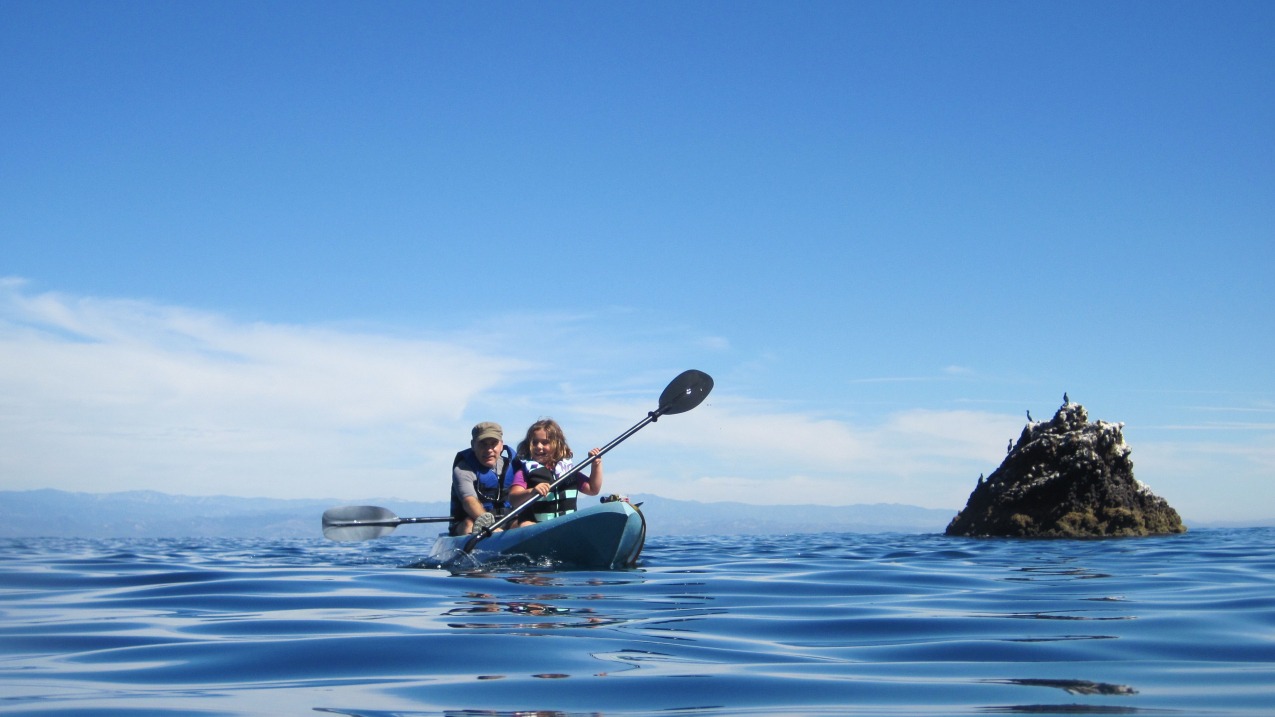
A father and daughter enjoy a kayak trip in Channel Islands National Marine Sanctuary in California. (Image credit: NOAA/Claire Fackler)
7 easy ways to boat safely and be kind to nature
